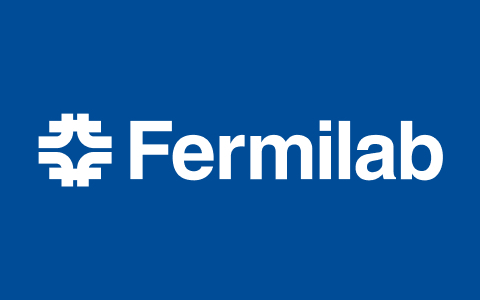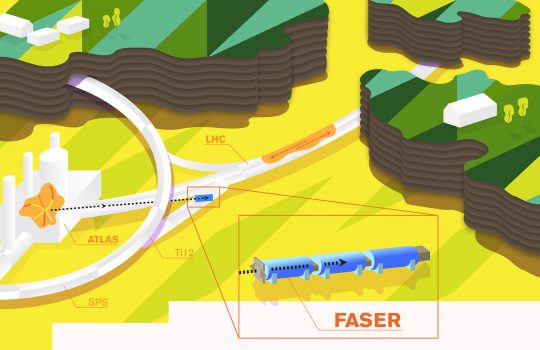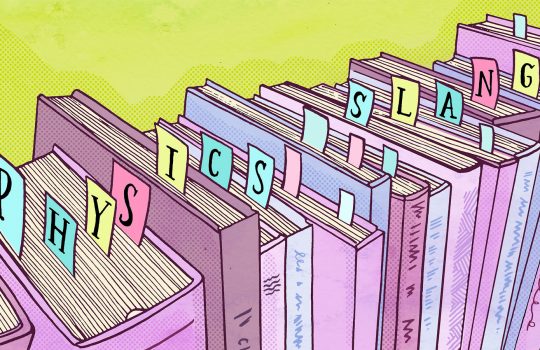MINOS squeezes sterile neutrino’s hiding ground
From CERN Courier, March 8, 2019: Newly published results from the MINOS+ experiment at Fermilab cast fresh doubts on the existence of the sterile neutrino — a hypothetical fourth neutrino flavor that would constitute physics beyond the Standard Model. MINOS+ studies how muon neutrinos oscillate into other neutrino flavors as a function of distance travelled.



